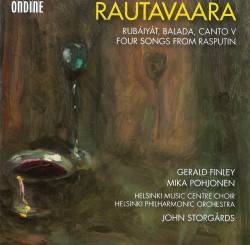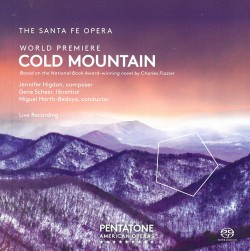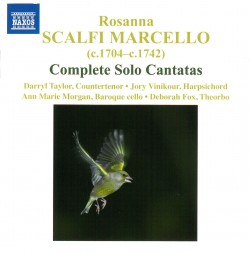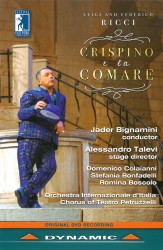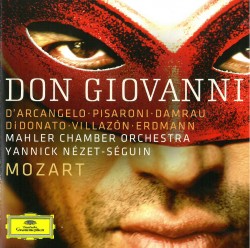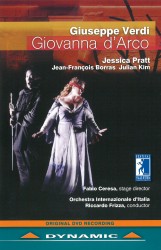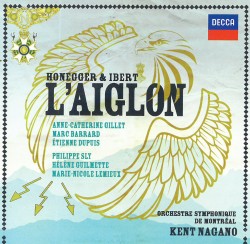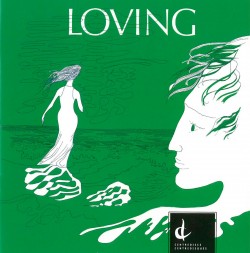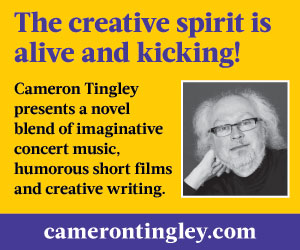Nielsen: Saul & David - Reuter; Riis; Petersen; Kristensen; Staugaard; Resmark; Royal Danish Orchestra and Opera Chorus; Michael Schønwandt
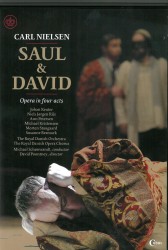 Nielsen – Saul & David
Nielsen – Saul & David
Reuter; Riis; Petersen; Kristensen; Staugaard; Resmark; Royal Danish Orchestra and Opera Chorus; Michael Schønwandt
Dacapo 2.110412
This exciting DVD presents Carl Nielsen’s remarkable opera Saul and David (1901) recorded live at the Royal Danish Opera, in a production celebrating Nielsen’s 150th birthday. It offers a stellar cast, Michael Schønwandt’s brilliant conducting, David Pountney’s provocative stage direction and optional English or Danish subtitles. The work’s availability on DVD should gratify both Nielsen fans and novices.
Bass-baritone Johan Reuter is outstanding as the conflicted King Saul. Through powerful acting and expressive singing he defines the dominant yet crisis-ridden character effectively. Morten Staugaard, as implacable Samuel, and Susanne Resmark, as the Witch of Endor, are surely highlights. Tenors Niels Jørgen Riis (David) and Michael Kristensen (Jonathan) and soprano Ann Petersen (Michal) are strong individually and in ensemble; David grows from a tentative opening to energetic emergence as the new king. This approach, to be sure, limits his vocal effectiveness in Act One, compared to David’s harp-accompanied solo and romantic duet with Michal sung by Alexander Young and Elisabeth Søderstrom on an Opera D’Oro CD of the work.
Pountney’s production updates Saul and David to our contemporary world: people in apartments watching the action on television; witty choreography of instrumental preludes suggesting frustrating peace negotiations. The director describes Samuel as a religious fundamentalist, restricting us, I think, from considering adequately his prophetic vision for the people of Israel. By the end, though, tremendous performances of Nielsen’s stunning choruses and orchestral support do convey fully the people’s convictions.


